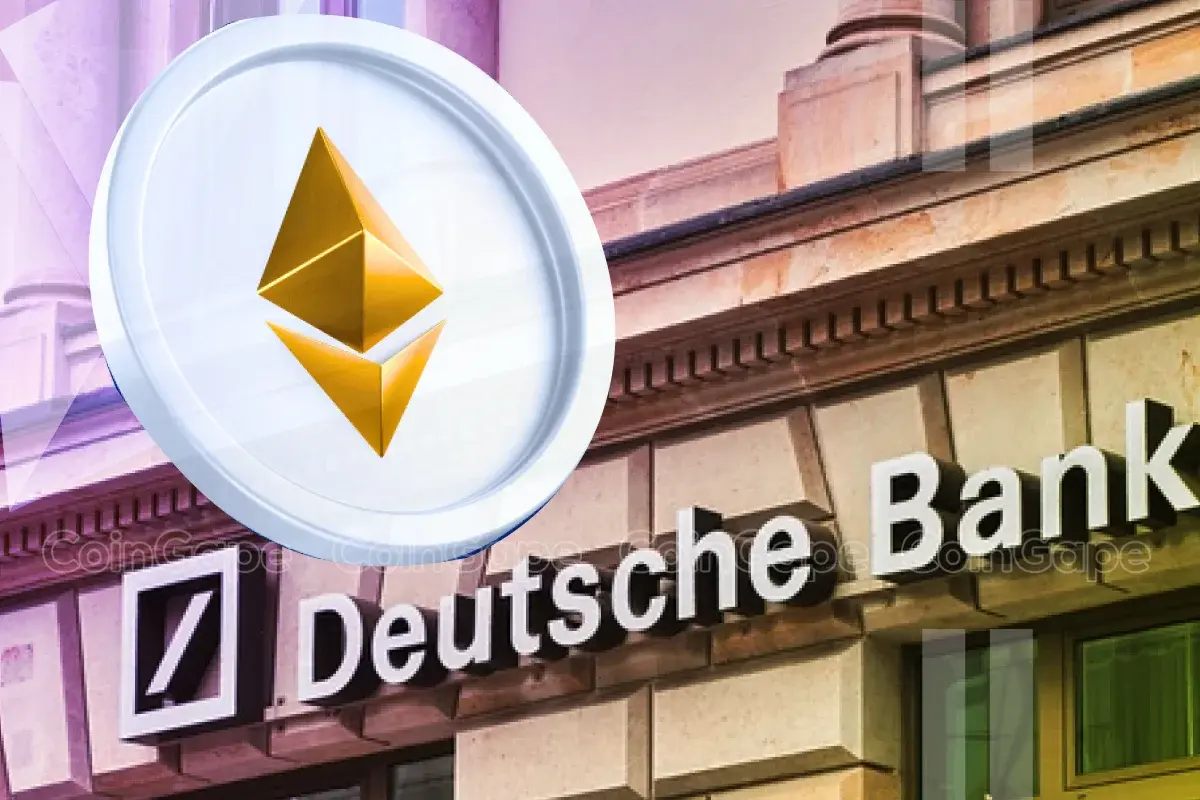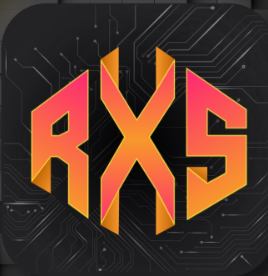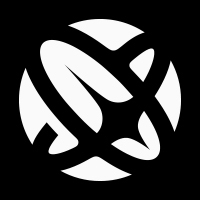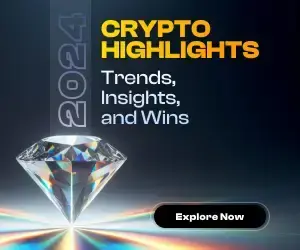Highlights
- Deutsche Bank’s Layer-2 leverages ZKsync tech to enhance Ethereum’s efficiency and compliance.
- Project Dama 2 offers curated validators and regulator oversight for secure blockchain use.
- Deutsche Bank plans a 2025 MVP launch for Dama 2, pending regulatory approval.
Germany’s Deutsche Bank is set to address compliance hurdles associated with public blockchain technology through the development of a Layer 2 protocol. Announced as part of Project Dama 2, this initiative will integrate blockchain efficiency with regulatory requirements, bridging traditional financial services (TradFi) and decentralized technology.
Germany’s Deutsche Bank Develops Layer 2 to Enhance Blockchain Efficiency
According to a recent Bloomberg report, Deutsche Bank has introduced Project Dama 2, an innovative solution to improve the compliance and efficiency of blockchain technology. The initiative is part of the Monetary Authority of Singapore’s (MAS) Project Guardian, which encourages financial institutions to explore asset tokenization.
Project Dama 2 incorporates Layer 2 protocol designed to operate and impact public blockchains like Ethereum. By leveraging ZKsync technology, the solution will reduce transaction costs and improve efficiency, aligning blockchain operations with regulatory standards.
Additionally, Boon-Hiong Chan, the Asia-Pacific innovation lead for applied industry at Deutsche Bank added,
“Using two chains, a number of these regulatory concerns should be able to be satisfied. This approach allows us to create a more curated and compliant framework while leveraging the benefits of public blockchain networks.”
Compliance Risks Addressed by Layer 2 Solution
Public blockchains present challenges such as unknowingly interacting with illicit actors or sanctioned entities. Deutsche Bank aims to overcome these obstacles with a curated list of validators that comply with stringent standards. This curated approach reduces the risks associated with blockchain transactions while maintaining the scalability and interoperability of public blockchain networks.
To further enhance compliance, the platform introduces “super admin rights” exclusively for regulators. The feature provides oversight authorities with tools to scrutinize fund movements. This offers an additional layer of transparency and trust in transactions.
Collaboration has been key to the development of Project Dama 2. Deutsche Bank has partnered with firms such as Memento Blockchain Pte. and Interop Labs to integrate advanced technologies like ZKsync. This collaboration aligns the platform with regulatory requirements while addressing the operational needs of financial institutions.
The bank plans to release a minimum viable product (MVP) for Project Dama 2 in 2025, pending regulatory approval. If successful, this initiative could serve as a model for other institutions exploring the integration of blockchain technology in traditional finance.
- Bitget Token Price Jumps 12% Defying Market Trend, Can BGB Rally Continue?
- Why Shiba Inu And Dogecoin Meme Coins May Crash Ahead?
- Shiba Inu Community Burns 87M Coins This Week, What’s Next For SHIB?
- Crypto Trader Turns $458K Into $4.9M With This Meme Coin In 2 Weeks, Here’s All
- US Bitcoin ETF Ends Week With $149.4M Outflow, Will It Impact BTC Rally?
- 3 Solana Rivals to Turn $10K into $100K in January 2025
- Ripple (XRP) Price Analysis: XRP traders deposit $85M on Binance as market sell-off cools
- Solana (SOL) Price Analysis: Staking Inflows Fuel Rebound Hopes, Can SOL Reclaim $250?
- Could Pepe Coin Price See an Explosive 8X Surge Soon?
- Shiba Inu (SHIB) Price Analysis: Whales Scoop 34 trillion SHIB, Time to Abandon DOGE?



 VIP Casino
VIP Casino

















